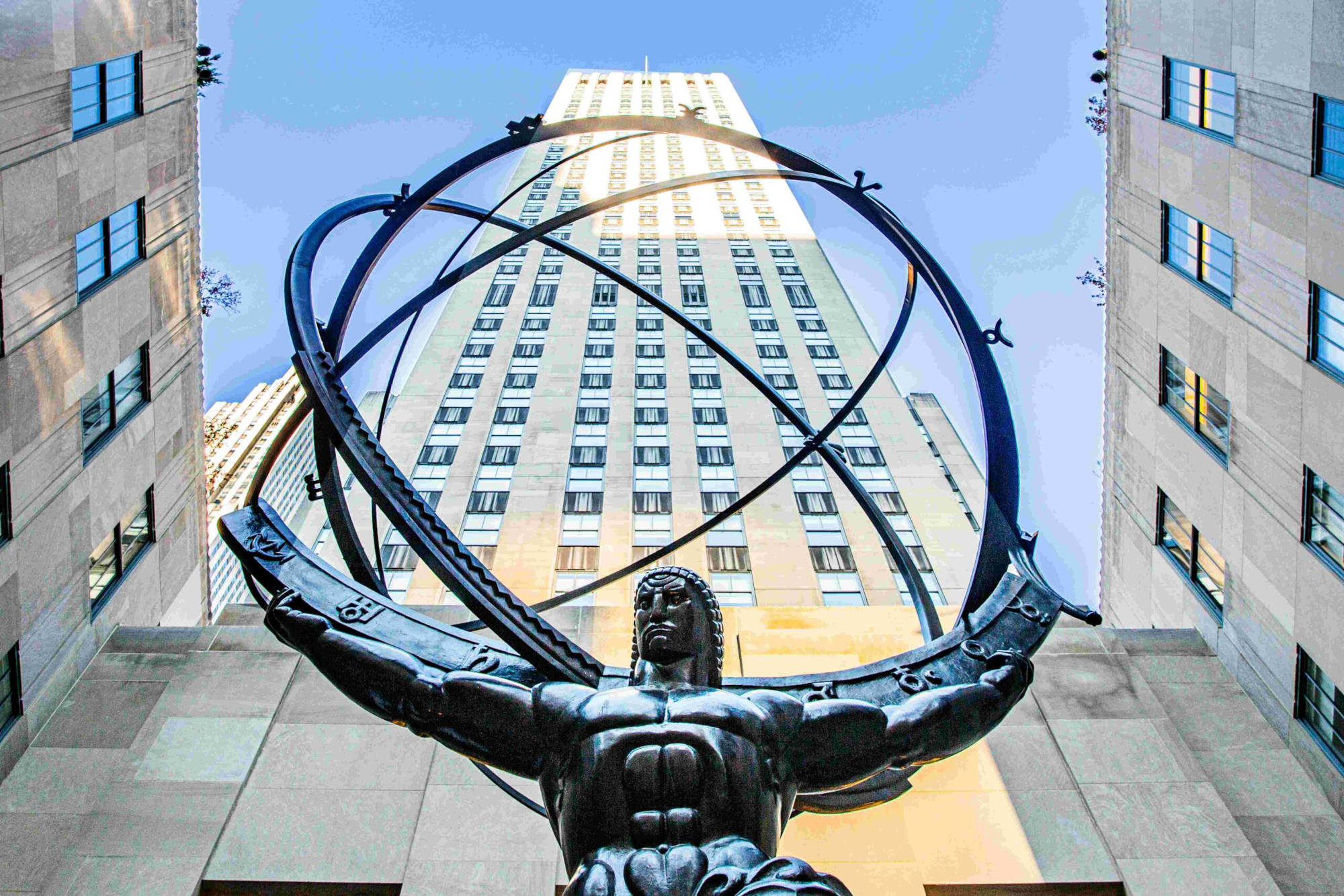
Bankruptcy of Sears: A not-so-surprising case of disruption
At the IMD Global Center for Digital Business Transformation we teach a four step playbook for companies facing disruption.
1] Harvest: a defensive strategy aimed at blocking disruptive threats and optimizing the performance of threatened business segments
2] Retreat: A defensive strategy aimed at strategic withdrawal from threatened business segments
3] Disrupt: An offensive strategy aimed at disrupting a market through the creation of new cost value, experience value, or platform value for customers. This strategy can include disrupting one’s own core business in order to find more promising sources of growth, or creating new markets (both of these represent value vacancies for the firm)
4] Occupy: An offensive strategy aimed at sustaining the competitive gains associated with disruption, and prolonging competitive standing in a value vacancy
The bankruptcy of Sears is clearly a case of retreat – but a very poorly timed case of retreat. Since company is going bankrupt, it does not have the opportunity to capture value from what’s left of its assets.
This is really a long and sad story of failure to respond to digital and other types of disruption. Sears was first disrupted by Walmart: Sears failed to occupy the space that Walmart occupied and then it failed again to counter the disruption of big box stores.
Sears then attempted to execute a harvest strategy but did not deliver it well at all. If you’ve been to a Sears store recently you’ll have noticed that it was looking old and tired. This is a classic case of an established company that failed to counter disruption on all accounts.
Then enter Amazon, the one of the biggest disruptors in the history of retail and a massive value vampire. Amazon delivered the death blow for Sears.
Should we be sad that a great icon of American retail has disappeared?
Honestly speaking, I doubt it. Not many of us were going into Sears anymore and when we did, we were not particularly excited about what we saw.
So, does this mean that a value vampire like Amazon is getting too much power in the market and forcing giants like Sears out?
They probably are getting too powerful. But, what’s hard to argue is that their increasing power is negatively impacting customers. Are customers seeing lower quality of service? No. Are they suffering from higher prices? No.
This is a phenomenon we observe with several other value vampires today.
Yes, they’re showing market dominance and forcing out incumbents, but it’s difficult to define how those actions are hurting consumers. Currently from a customer standpoint, it’s hard to argue that their power should be curtailed by regulation or other means.
We’ll see what happens as more established companies go bankrupt and maybe things will change. But currently there is no collective need to act to stop Amazon and other value vampires. Companies like Sears are old, tired and have failed to respond to disruption. Others have taken their place and mostly we’re better off for it.
Michael R. Wade is Professor of Innovation and Strategy at IMD and Cisco Chair in Digital Business Transformation.
Research Information & Knowledge Hub for additional information on IMD publications
The rapid advancement of generative artificial intelligence (GenAI) is unprecedented. Looking ahead at the job markets of 2030 and beyond, we can forecast the types of jobs and skills that may get automated. Alternatively, we can also see which ne...
in I by IMD
Research Information & Knowledge Hub for additional information on IMD publications
Research Information & Knowledge Hub for additional information on IMD publications
Research Information & Knowledge Hub for additional information on IMD publications
Research Information & Knowledge Hub for additional information on IMD publications
in I by IMD
Research Information & Knowledge Hub for additional information on IMD publications
in I by IMD
Research Information & Knowledge Hub for additional information on IMD publications
Research Information & Knowledge Hub for additional information on IMD publications
Research Information & Knowledge Hub for additional information on IMD publications
Research Information & Knowledge Hub for additional information on IMD publications
Research Information & Knowledge Hub for additional information on IMD publications







